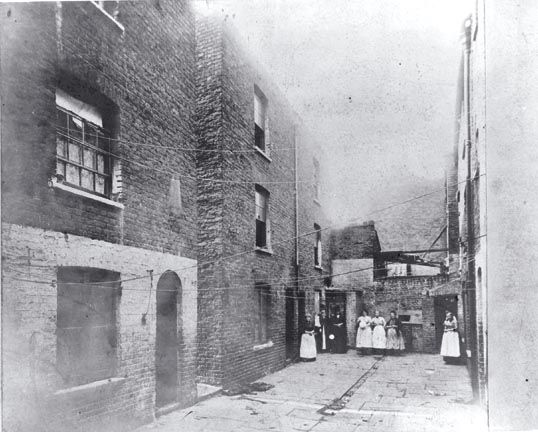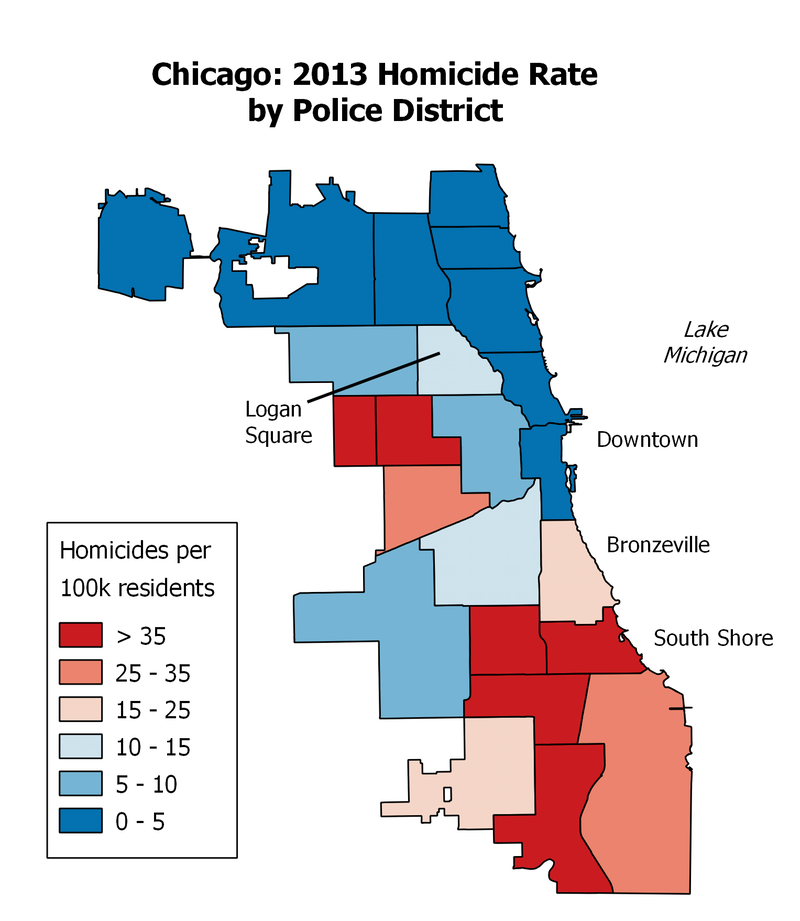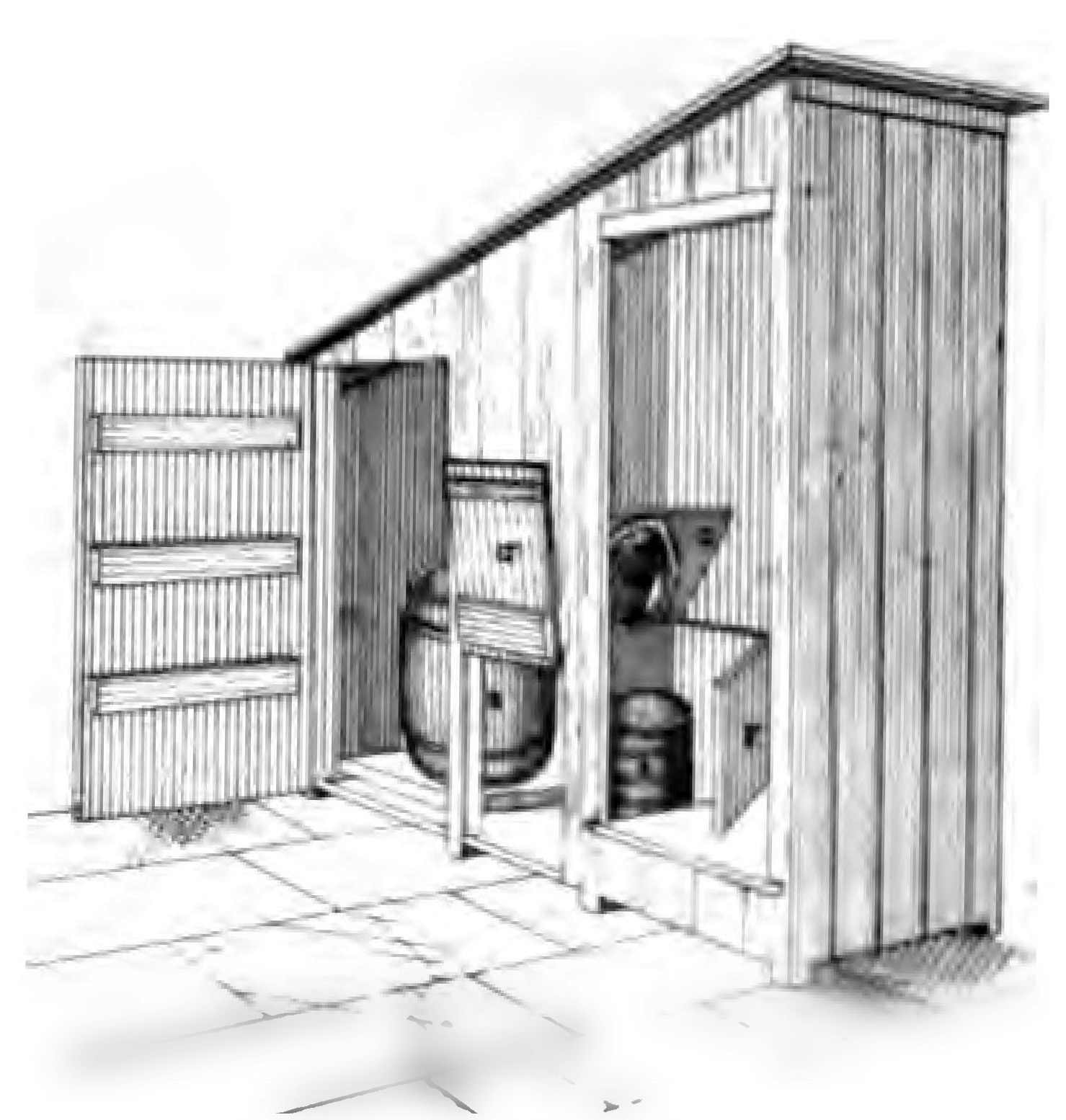|
Park Hill Flats
Park Hill is a housing estate in Sheffield, South Yorkshire, England. It was built between 1957 and 1961, and in 1998 was given Grade II* listed building status. Following a period of decline, the estate is being renovated by developers Urban Splash into a mostly private mixed-tenure estate made up of homes for market rent, private sale, shared ownership, and student housing while around a quarter of the units in the development will be social housing. The renovation was one of the six short-listed projects for the 2013 RIBA Stirling Prize. The Estate falls within the Manor Castle ward of the City. Park Hill is also the name of the area in which the flats are sited. The name relates to the deer park attached to Sheffield Manor, the remnant of which is now known as Norfolk Park. History Park Hill was previously the site of Back-to-back houses, back-to-back housing, a mixture of 2–3-storey Tenement, tenement buildings, open ground, quarries and steep Ginnel, gennels (alleyways ... [...More Info...] [...Related Items...] OR: [Wikipedia] [Google] [Baidu] |
Jack Lynn (architect)
Jack Lynn (30 October 1926 – 15 October 2013) was a British architect. Born in North Seaton in Ashington, Lynn studied architecture at Durham University (at King's College, Newcastle – later the Newcastle University School of Architecture, Planning and Landscape), then worked for the East Anglia Health Board, followed by Coventry City Council. Gaining experience in the design of council housing, he became well known for designing the large Park Hill complex in Sheffield, with Ivor Smith.Rakesh Ramchurn,Park Hill architect Jack Lynn dies, aged 86, ''Architects' Journal'', 24 October 2013 ", '' [...More Info...] [...Related Items...] OR: [Wikipedia] [Google] [Baidu] |
South Yorkshire
South Yorkshire is a ceremonial and metropolitan county in the Yorkshire and Humber Region of England. The county has four council areas which are the cities of Doncaster and Sheffield as well as the boroughs of Barnsley and Rotherham. In Northern England, it is on the east side of the Pennines. Part of the Peak District national park is in the county. The River Don flows through most of the county, which is landlocked. The county had a population of 1.34 million in 2011. Sheffield largest urban centre in the county, it is the south west of the county. The built-up area around Sheffield and Rotherham, with over half the county's population living within it, is the tenth most populous in the United Kingdom. The majority of the county was formerly governed as part of the county of Yorkshire, the former county remains as a cultural region. The county was created on 1 April 1974, under the Local Government Act 1972. It was created from 32 local government districts of the ... [...More Info...] [...Related Items...] OR: [Wikipedia] [Google] [Baidu] |
Apartment
An apartment (American English), or flat (British English, Indian English, South African English), is a self-contained housing unit (a type of residential real estate) that occupies part of a building, generally on a single story. There are many names for these overall buildings, see below. The housing tenure of apartments also varies considerably, from large-scale public housing, to owner occupancy within what is legally a condominium (strata title or commonhold), to tenants renting from a private landlord (see leasehold estate). Terminology The term ''apartment'' is favored in North America (although in some cities ''flat'' is used for a unit which is part of a house containing two or three units, typically one to a floor). In the UK, the term ''apartment'' is more usual in professional real estate and architectural circles where otherwise the term ''flat'' is used commonly, but not exclusively, for an apartment on a single level (hence a 'flat' apartment). In some countr ... [...More Info...] [...Related Items...] OR: [Wikipedia] [Google] [Baidu] |
Slum Clearance In The United Kingdom
Slum clearance in the United Kingdom has been used as an urban renewal strategy to transform low income settlements with poor reputation into another type of development or housing. Early mass clearances took place in the country's northern cities. Starting from 1930, councils were expected to prepare plans to clear slum dwellings, although progress stalled upon the onset of World War II. Clearance of slum areas resumed and increased after the war, while the 1960s saw the largest number of house renewal schemes pursued by local authorities, particularly in Manchester where it was reported around 27% 'may' have been unfit for human habitation - Although the majority were well built solid structures which could have been renovated or repurposed; housing, churches, schools and pubs which formed close-knit communities were devastated, with families dispersed across other areas. Towards the end of the decade, a housing act in 1969 provided financial encouragement for authorities and la ... [...More Info...] [...Related Items...] OR: [Wikipedia] [Google] [Baidu] |
Crime In Chicago
In Chicago, crime has been tracked by the Chicago Police Department's Bureau of Records since the beginning of the 20th century. The city's overall crime rate, especially the violent crime rate, is higher than the US average. Chicago was responsible for nearly half of 2016's increase in homicides in the US, though the nation's crime rates remained near historic lows as of 2016. Some attribute the city's strong gang culture to the city's unusually high crime rate compared to neighboring cities, and some do not. Overview Chicago saw a major rise in violent crime starting in the late 1960s. Murders in the city peaked in 1974, with 970 murders when the city's population was over three million, resulting in a murder rate of around 29 per 100,000, and again in 1992, with 943 murders when the city had fewer than three million people, resulting in a murder rate of 34 murders per 100,000 citizens. After 1992, the murder count steadily decreased to 415 murders by the mid-2000s, a reducti ... [...More Info...] [...Related Items...] OR: [Wikipedia] [Google] [Baidu] |
Standpipe (street)
A standpipe is a freestanding pipe fitted with a tap which is installed outdoors to dispense water in areas which do not have a running water supply to the buildings. Use In the United Kingdom, an "Emergency Drought Order" permits a water company to shut off the primary water supply to homes, and to supply water instead from tanks or standpipes in the streets. This was done in some areas during the 1976 heat wave, for example. In some Middle Eastern, Caribbean and North African countries a standpipe is used as a communal water supply for neighbourhoods which lack individual housing water service. In areas such as Morocco, standpipes often yield unreliable service and lead to water scarcity for large numbers of people.Guillaume Benoit and Aline Comeau, ''A Sustainable Future for the Mediterranean'' (2005) 640 pages Gallery Standpipe_in_winter_wonderland_Helsinki.JPG, Standpipe in Helsinki Standpipe 1.JPG, A standpipe in Russia Borne_de_puisage_BAYARD.jpg, Standpipe to draw wa ... [...More Info...] [...Related Items...] OR: [Wikipedia] [Google] [Baidu] |
Pail Closet
A pail closet or pail privy was a room used for the disposal of human excreta, under the "pail system" (or Rochdale system) of waste removal. The "closet" (a word which had long meant "toilet" in one usage) was a small outhouse (privy) which contained a seat, underneath which a portable receptacle was placed. This bucket (pail), into which the user would defecate, was removed and emptied by the local authority on a regular basis. The contents, known euphemistically as night soil, would either be incinerated or composted into fertiliser. Although the more advanced water closet (flush toilet) was popular in wealthy homes, the lack of an adequate water supply and poor sewerage meant that in 19th-century England, in working-class neighbourhoods, towns and cities often chose dry conservancy methods of waste disposal. The pail closet was an evolution of the midden closet (privy midden), an impractical and unsanitary amenity considered a nuisance to public health. The pail system w ... [...More Info...] [...Related Items...] OR: [Wikipedia] [Google] [Baidu] |
Grid Plan
In urban planning, the grid plan, grid street plan, or gridiron plan is a type of city plan in which streets run at right angles to each other, forming a grid. Two inherent characteristics of the grid plan, frequent intersections and orthogonal geometry, facilitate movement. The geometry helps with orientation and wayfinding and its frequent intersections with the choice and directness of route to desired destinations. In ancient Rome, the grid plan method of land measurement was called centuriation. The grid plan dates from antiquity and originated in multiple cultures; some of the earliest planned cities were built using grid plans in Indian subcontinent. History Ancient grid plans By 2600 BC, Mohenjo-daro and Harappa, major cities of the Indus Valley civilization, were built with blocks divided by a grid of straight streets, running north–south and east–west. Each block was subdivided by small lanes. The cities and monasteries of Sirkap, Taxila and Thimi (in the Ind ... [...More Info...] [...Related Items...] OR: [Wikipedia] [Google] [Baidu] |
Ginnel
A ginnel is a fenced or walled alley between residential buildings that provides a pedestrian shortcut to nearby streets.Ginnel Yorkshire Historical Dictionary. Retrieved 16 November 2022. They are typically found in an areas, and do not contain any business premises unlike some other types of alley. Other terms include, snicket, tenfoot and snickleway.This is why a ginnel is called a ginnel i ... [...More Info...] [...Related Items...] OR: [Wikipedia] [Google] [Baidu] |
Tenement
A tenement is a type of building shared by multiple dwellings, typically with flats or apartments on each floor and with shared entrance stairway access. They are common on the British Isles, particularly in Scotland. In the medieval Old Town, in Edinburgh, tenements were developed with each apartment treated as a separate house, built on top of each other (such as Gladstone's Land). Over hundreds of years, custom grew to become law concerning maintenance and repairs, as first formally discussed in Stair's 1681 writings on Scots property law. In Scotland, these are now governed by the Tenements Act, which replaced the old Law of the Tenement and created a new system of common ownership and procedures concerning repairs and maintenance of tenements. Tenements with one or two room flats provided popular rented accommodation for workers, but in some inner-city areas, overcrowding and maintenance problems led to shanty towns, which have been cleared and redeveloped. In more affluen ... [...More Info...] [...Related Items...] OR: [Wikipedia] [Google] [Baidu] |
Back-to-back Houses
Back-to-backs are a form of terraced houses in the United Kingdom, built from the late 18th century through to the early 20th century in various guises. Many thousands of these dwellings were built during the Industrial Revolution for the rapidly increasing population of expanding factory towns. Back-to-backs share party walls on three of their four sides, with the front wall having the only door and windows. As back-to-backs were built as the cheapest possible housing for the impoverished working class, their construction was usually sub-standard. Their configuration did not allow for sufficient ventilation or sanitation. Toilets and water supplies were shared with multiple households in enclosed courtyards. Back-to-backs gained an unfavourable reputation for poor levels of health and hygiene. Around the mid-19th century, this form of housing was deemed unsatisfactory and a hazard to health. The passage of the Public Health Act 1875 permitted municipal corporations to ban new ... [...More Info...] [...Related Items...] OR: [Wikipedia] [Google] [Baidu] |
Norfolk Park
Park & Arbourthorne ward—which includes the districts of Arbourthorne, Gleadless, and Norfolk Park—is one of the 28 electoral wards in City of Sheffield, England. It is located in the southeastern part of the city and covers an area of . The population of this ward in 2001 was 17,500 people in 7,800 households. The ward population at the 2011 Census was 19,133. It is one of the five wards that form the Sheffield Heeley parliamentary constituency. Arbourthorne is part of the city of Sheffield, England. It lies in the S2 postcode and is the home of Hope Family Arbourthorne Church, Sheffield Springs Academy, Norfolk and Arbourthorne Primary Schools. Much of the area is council housing although some is now private sector. Gleadless Gleadless () is a former village, since 1967 a suburb of Sheffield located in the southeastern portion of the city. The name comes from the Old English ''Glida Leah'' meaning a kite clearing in a wood. Gleadless is served by the Purple ... [...More Info...] [...Related Items...] OR: [Wikipedia] [Google] [Baidu] |






